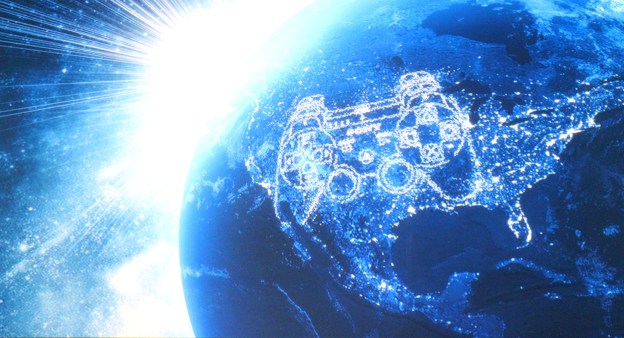 The Sony we’re seeing at GDC 2013 seems to be a very different company than the one that told gamers back in 2006 that they should get a second job if they wanted to have enough to buy a PlayStation 3. Rather than making bold statements about the sheer horsepower and technical magic inside the upcoming PS4, Sony is doing its best Valve imitation by painting the PlayStation Network as the premiere home for independent video game developers looking to put their games in front of console owners – and not just on the PS4, either, but on the PS3 and PS Vita as well.
The Sony we’re seeing at GDC 2013 seems to be a very different company than the one that told gamers back in 2006 that they should get a second job if they wanted to have enough to buy a PlayStation 3. Rather than making bold statements about the sheer horsepower and technical magic inside the upcoming PS4, Sony is doing its best Valve imitation by painting the PlayStation Network as the premiere home for independent video game developers looking to put their games in front of console owners – and not just on the PS4, either, but on the PS3 and PS Vita as well.
At the GDC Indie Arcade on Monday night, Sony introduced one new PS4 indie title: Zombie Studios’ Blacklight Retribution. It also announced a number of other titles coming to its current machines, like One True Game Studios’ two-button fighting game, Divekick. The big news wasn’t the stream of games coming from small groups rather than big publishers, but how Sony has already changed its digital publishing policies on the PlayStation Network. It turns out that during the PS4 debut in February, Sony’s boastful claims of streamlining the process of getting a game on a PlayStation machine was more than hot air.
“We’ve just changed our whole concept submission process,” Adam Boyes, Sony’s head of publisher and developer relations, told Gamasutra. “It used to be two stages and all this feedback, and now it’s just one, and it’s optional feedback so there’s no greenlighting process, no voting, no weird stuff.”
That’s not just for independent developers, though. Sony isn’t forcing major publishers like Capcom and Electronic Arts to go through a drawn out submission process to get their digital games online. This is why unusual titles, like the six unlocalized PSOne imports including Sentimental Graffiti published by GungHo Online Entertainment earlier in March, have been showing up on the PSN with greater frequency.
Easing the submission process is only part of the way that Sony is helping indies, though. “[If] these guys are developing content for Vita, and we like the team, we send them Vita kits as loaners for free,” Boyes said. “Or waiving path fees for independent developers, if they need that support, then we’re totally behind it.” According to Boyes, it’s digital-only developers that receive this aid. Game makers publishing their games as retail discs or cartridges tend not to receive this benefit.
These are precisely the sort of factors that have kept independent developers wary of consoles. Fez developer Phil Fish, for example, never released a second patch for his game on XBLA due to the exorbitant costs of issuing the patch and having the game certified again.
Between these policy changes and the opportunity for developers to self-publish on PlayStation consoles, Sony is putting its money where its mouth is in terms of wooing the next generation of game developers. Will that make the PS4 and the PS Vita a success in 2014 and beyond? That depends on how good those indie games turn out to be.


